基于单片机的公交车自动报站系统设计
来源:wenku7.com 资料编号:WK716736 资料等级:★★★★★ %E8%B5%84%E6%96%99%E7%BC%96%E5%8F%B7%EF%BC%9AWK716736
以下是资料介绍,如需要完整的请充值下载。
1.无需注册登录,支付后按照提示操作即可获取该资料.
2.资料以网页介绍的为准,下载后不会有水印.资料仅供学习参考之用. 密 保 惠 帮助
资料介绍
基于单片机的公交车自动报站系统设计(任务书,开题报告,外文翻译,论文12500字)
摘 要
公交车经过了将近两百年的发展,越来越人性化,例如语音报站这样方便乘客了解站台信息的系统被广泛地使用。但是目前大多数公交车所使用地语音报站系统都是由按键操作,需要司机在进入站台时按下按键。然而在进出站时路况比较复杂,司机不仅需要操控车辆还需要开关门,手动按键播报到站语音给司机师傅增加了不小的工作量,同时也给车子的行驶带来了较大的安全隐患。本系统用STC89C52单片机作为核心来实现公交车语音自动报站。分为车站设备和车载设备,通过PT2262、PT2272作为编码和解码芯片来实现两台设备之间无线信号地发送和接收并解码;用SYN6288中文语音模块来对语音进行合成及播放等各种操作控制;在无线模块接收到信号后使用STC89C52RC控制SYN6288中文语音模块进行播报。
关键词:公交车报站;单片机;语音播放;无线收发
Abstract
After nearly two hundred years of development, the bus has become more and more user-friendly. For example, a system such as a voice station that facilitates passengers to understand platform information is widely used. However, most of the current voice station reporting systems used by buses are operated by buttons, which require the driver to press a button when entering the station.However, when entering and leaving the station, the road conditions are more complicated. The driver not only needs to control the vehicle but also needs to open and close the door. The manual button broadcasts the station voice to the driver's master, which adds a lot of work, and also brings a big safety hazard to the driving of the car. This design uses the STC89C52 single-chip microcomputer as the core to design a bus voice automatic reporting system. It is divided into station equipment and vehicle equipment. It realizes wireless signal transmission and recognition between two devices through DF wireless transceiver module and PT2262 and PT2272 codec chip. It uses SYN6288 Chinese voice module to synthesize and play voice. Control; finally, through the STC89C52 control of each module to achieve wireless transceiver and identification and voice reporting tasks, and use Proteus software for simulation.
Keywords:busstationinformation;Microcontrollers;voicemodule;wirelesstransceiver
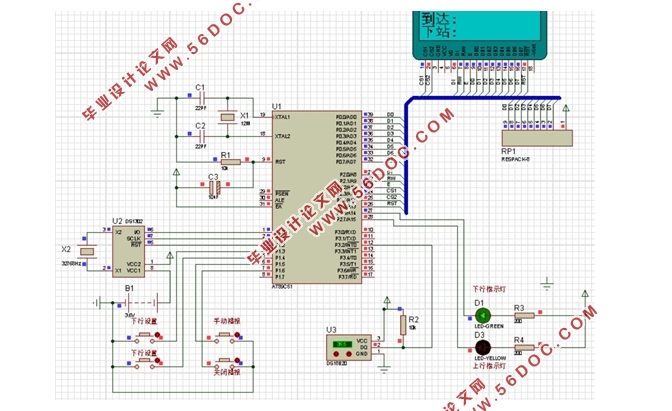
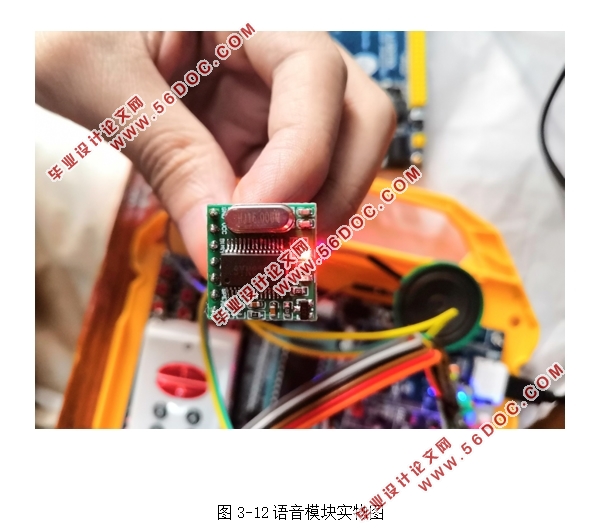
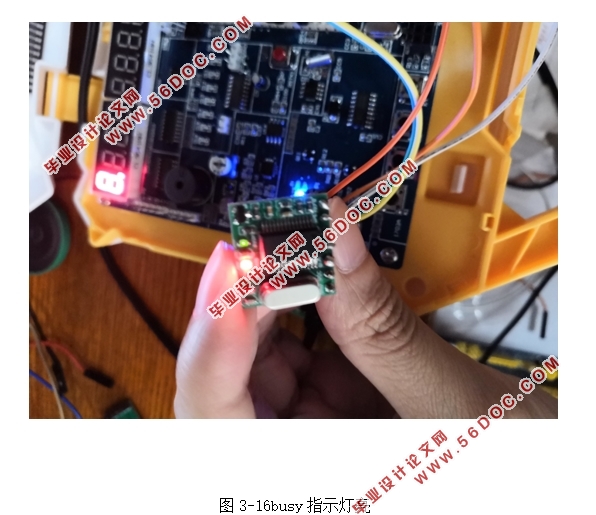
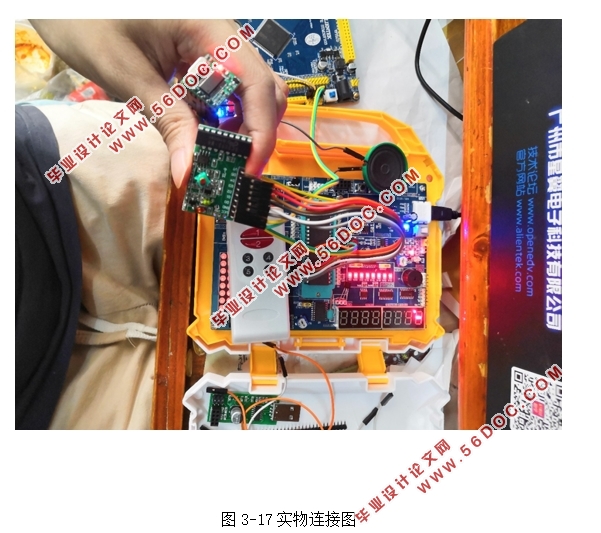
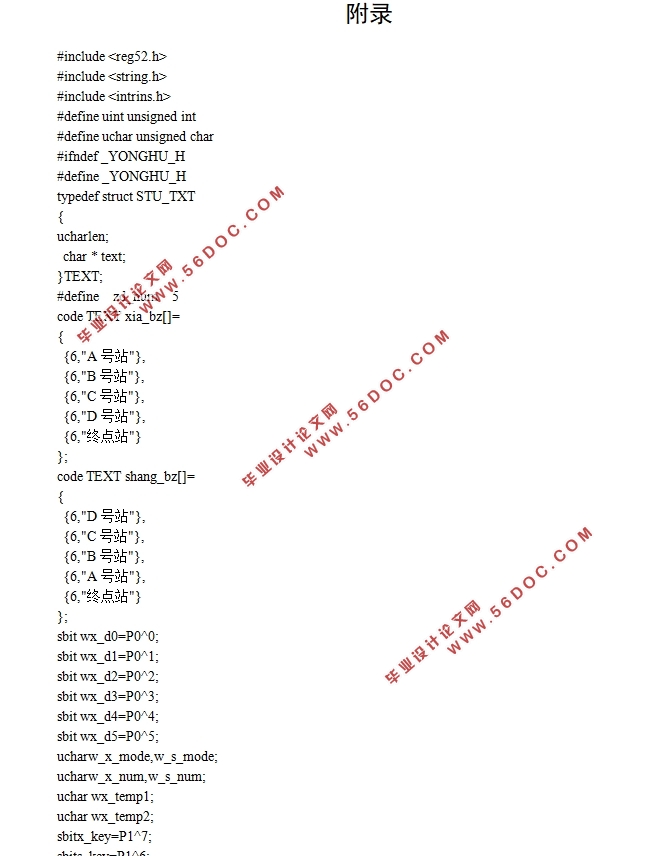
目录 1
第1章 绪论 1
1.1 研究背景及意义 1
1.2 国内外发展现状 1
1.3 本次设计的主要研究内容与方向 4
第2章 方案分析 5
2.1 方案对比 5
2.1.1 实现方法选择 5
2.1.2 无线收发模块选择 5
2.1.3 语音播报模块选择 7
2.2 本章小结 7
第3章 系统设计 9
3.1 设计思路 9
3.2 系统框图 9
3.3 系统流程图 10
3.4 系统的软件组成 11
3.4.1 PROTEUS仿真 11
3.4.2 程序 12
3.5 系统的硬件组成 14
3.5.1 STC89C52RC 15
3.5.2 无线收发模块 15
3.5.3 无线收发模块调试 16
3.5.4 SYN6288中文语音合成模块 18
3.5.5 语音模块调试 20
3.6 实物连接图 23
第4章 总结与展望 24
参考文献 25
附录 27
致谢 35
|











